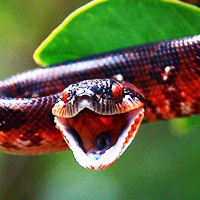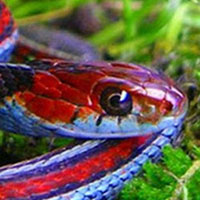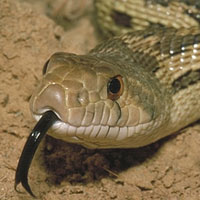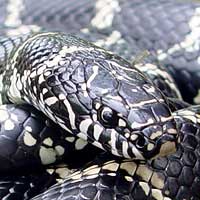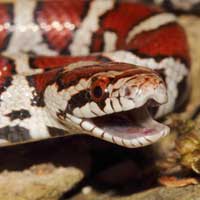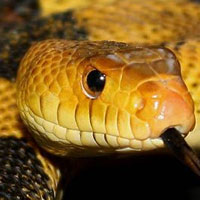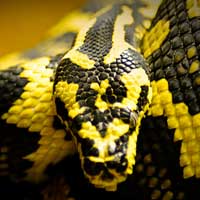Northern Pine Snake: A Complete Care Guide
The Northern Pine Snake is scientifically named Pituophis melanoleucus melanoleucus. It belongs to the Colubridae family, which is a large family of non-venomous snakes.
Scientific Name: Pituophis melanoleucus melanoleucus
Snake Family: Colubridae
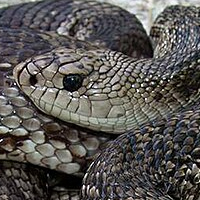
Northern Pine Snake: An Overview
The Northern Pine Snake (Pituophis melanoleucus melanoleucus) is a large and powerful non-venomous snake native to the eastern United States. Known for its bold patterns of black, brown, and white, this species thrives in sandy soils and forested areas. Its striking appearance, impressive size (up to 7 feet), and unique behaviors make it a fascinating subject for herpetologists and reptile enthusiasts alike. This guide explores its habitat, diet, behavior, and more.
Where Does the Northern Pine Snake Live?
The Northern Pine Snake prefers habitats with sandy or loose soils, which are ideal for its burrowing behavior. Understanding its natural environment is essential for providing proper care in captivity.
| Habitat Feature | Description |
|---|---|
| Geographic Range | Eastern United States, including parts of New Jersey, North Carolina, and Tennessee |
| Preferred Environment | Open pine forests, sandy hills, and fields |
| Climate | Temperate, with moderate humidity |
Due to habitat loss, conservation efforts are critical for preserving the Northern Pine Snake’s natural range.
What Does the Northern Pine Snake Eat?
The Northern Pine Snake is a carnivore, preying on small mammals, birds, and reptiles in the wild. Replicating this diet in captivity is key to maintaining their health.
- Wild Diet: Primarily small rodents, birds, and eggs.
- Captive Diet: Offer frozen-thawed rodents such as mice and rats.
- Feeding Frequency:
- Juveniles: Feed every 5-7 days.
- Adults: Feed every 7-10 days.
- Hydration: Provide fresh water daily for drinking and occasional soaking.
Ensure prey size is appropriate to prevent overfeeding or digestive issues.
Understanding the Behavior and Temperament of the Northern Pine Snake
The Northern Pine Snake exhibits unique behaviors that make it both fascinating and manageable as a pet. With regular handling, it can become accustomed to human interaction.
- Defensive Displays: Produces loud hissing sounds and may vibrate its tail when threatened.
- Burrowing: Spends much of its time underground in burrows, which it uses for hunting and shelter.
- Activity Level: Primarily diurnal, active during the day.
- Interaction with Humans: Can become docile with regular, gentle handling.
Although initially shy, the Northern Pine Snake adapts well to captivity and displays curious behaviors when comfortable.
How to Ensure a Healthy and Long Life for the Northern Pine Snake
With proper care, the Northern Pine Snake can live 15-20 years in captivity. Regular health checks and an optimal environment are essential for its well-being.
| Health Issue | Symptoms | Prevention |
|---|---|---|
| Respiratory Infections | Wheezing, open-mouth breathing | Maintain proper humidity and temperature |
| Shedding Problems | Incomplete or stuck sheds | Provide adequate humidity levels |
| Parasites | Visible mites, scratching | Clean and disinfect the enclosure regularly |
Reproductive Traits of the Northern Pine Snake
The Northern Pine Snake is oviparous, laying eggs rather than giving birth to live young. Successful breeding requires understanding their natural reproductive cycle.
- Mating Season: Spring to early summer.
- Clutch Size: Typically 4-12 eggs per clutch.
- Incubation Period: Approximately 60-70 days at 82-86°F.
- Hatchling Care: Offer small prey like pinky mice after their first shed.
Captive breeding programs are crucial for conservation efforts and enhancing reptile collections.
How to Handle and Care for the Northern Pine Snake
Providing the right care for the Northern Pine Snake ensures a healthy, stress-free life. Its hardy nature makes it an excellent choice for experienced and beginner keepers alike.
- Enclosure Size: At least 4x2x2 ft for adults, with additional space for enrichment.
- Substrate: Use loose, burrow-friendly materials like aspen shavings or cypress mulch.
- Temperature Gradient: Maintain 75-85°F with a basking spot of 90°F.
- Humidity: Moderate levels, around 40-60%.
- Hides and Enrichment: Include multiple hiding spots and climbing opportunities.
- Handling: Handle gently and regularly to build trust and reduce stress.
With proper care, the Northern Pine Snake thrives in captivity, making it a rewarding pet for reptile enthusiasts.







